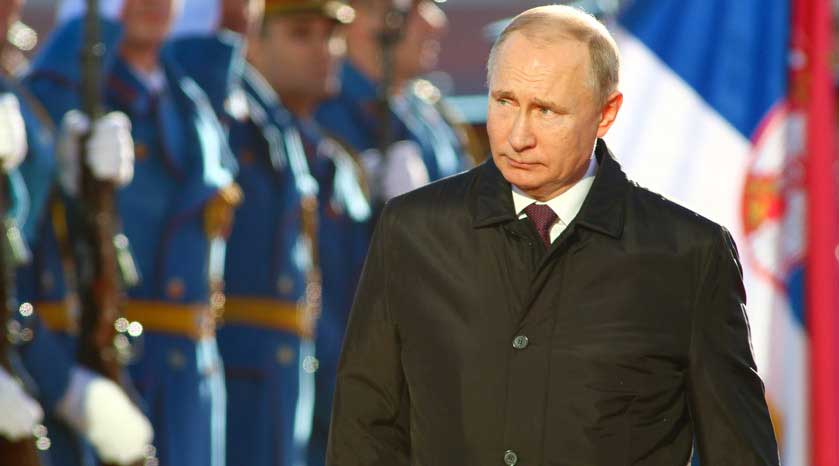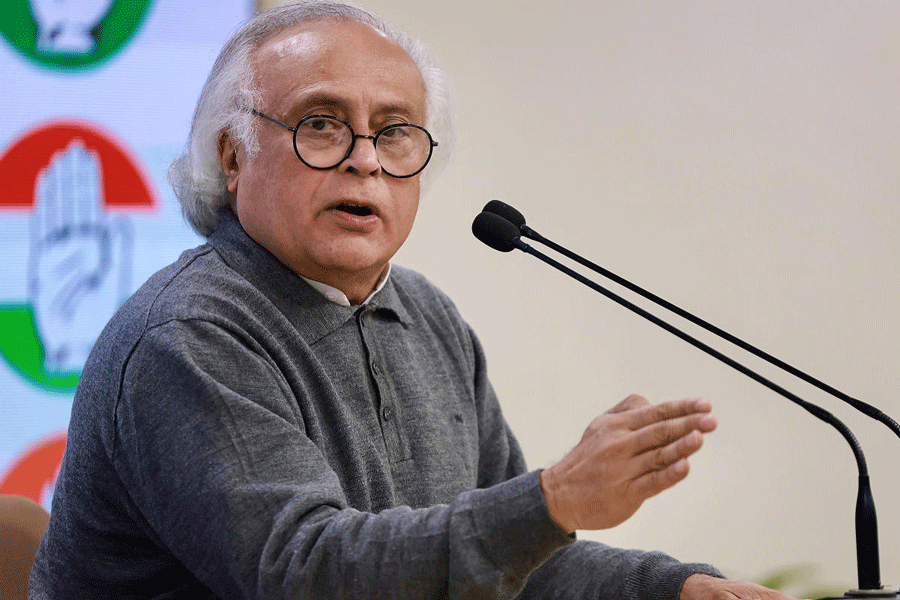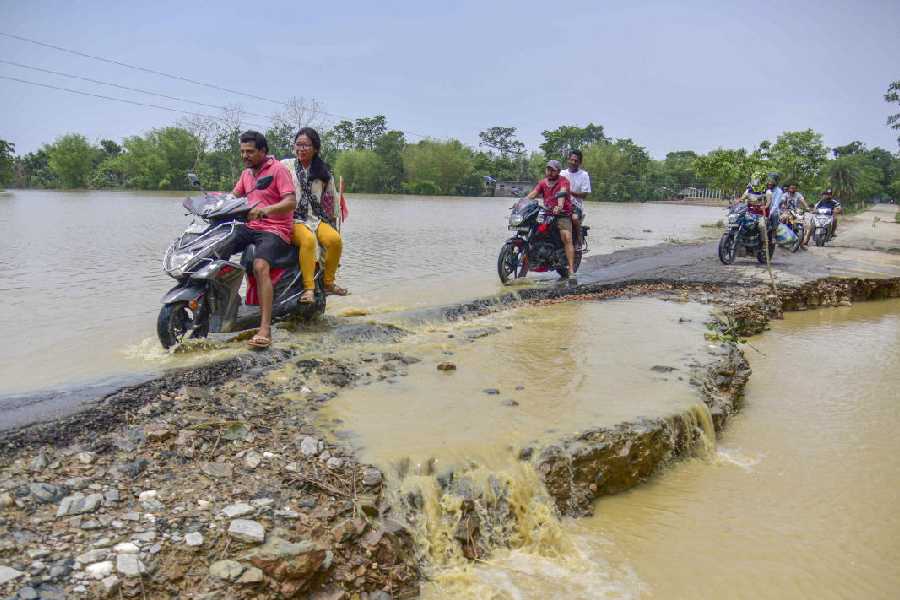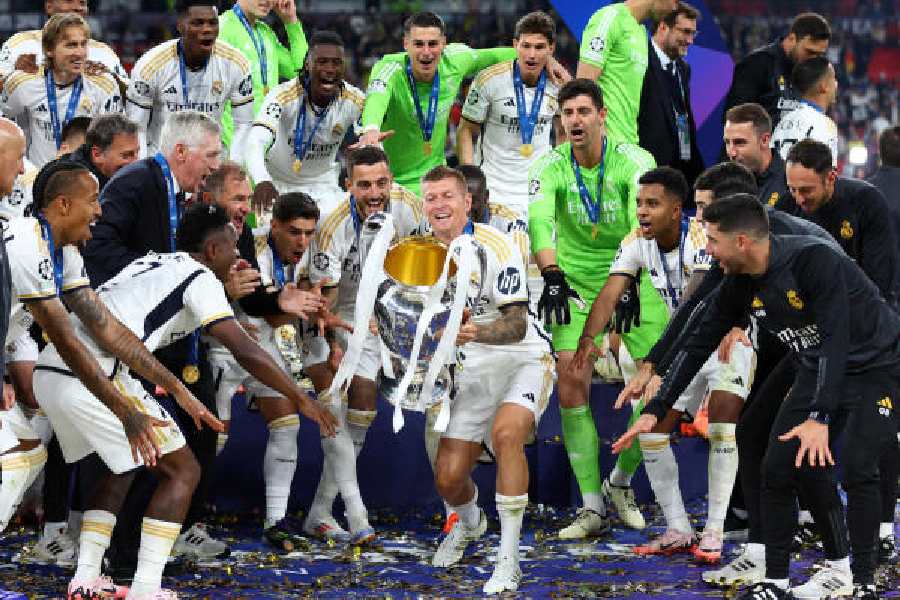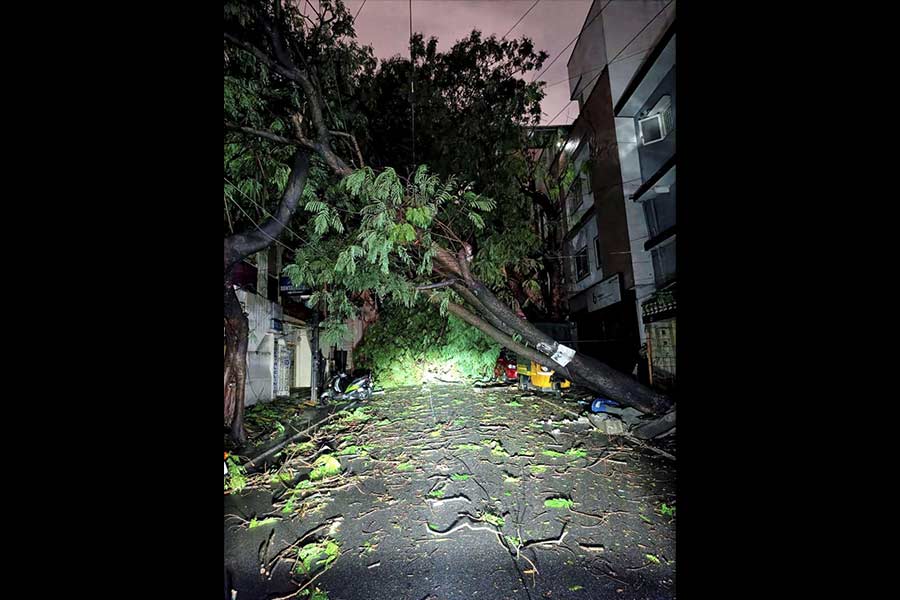In the early years of Vladimir V. Putin’s tenure as Russia’s leader, the country’s military was a hollowed-out but nuclear-armed shell.
It struggled to keep submarines afloat in the Arctic and an outgunned insurgency at bay in Chechnya. Senior officers sometimes lived in mouldy, rat-infested tenements. And instead of socks, poorly trained soldiers often wrapped their feet in swathes of cloth, the way their Soviet and Tsarist predecessors had.
Two decades later, it is a far different fighting force that has massed near the border with Ukraine. Under Putin’s leadership, it has been overhauled into a modern sophisticated army, able to deploy quickly and with lethal effect in conventional conflicts, military analysts said.
It features precision-guided weaponry, a newly streamlined command structure and well-fed and professional soldiers. And they still have the nuclear weapons.
The modernised military has emerged as a key tool of Putin’s foreign policy: capturing Crimea, intervening in Syria, keeping the peace between Armenia and Azerbaijan and, just this month, propping up a Russia-friendly leader in Kazakhstan. Now it is in the middle of its most ambitious — and most ominous — operation yet: using threats and potentially, many fear, force, to bring Ukraine back into Moscow’s sphere of influence.
“The mobility of the military, its preparedness and its equipment are what allow Russia to pressure Ukraine and to pressure the West,” said Pavel Luzin, a Russian security analyst. “Nuclear weapons are not enough.”
Without firing a shot, Putin has forced the Biden administration to shelve other foreign policy priorities and contend with Kremlin grievances — in particular reversing Ukraine’s westward lean in the post-Soviet period.
It is Putin’s highest-stakes use of the military to muscle Russia back into the global relevance it lost with the ending of the Cold War. Putin laid out that doctrine in 2018, when he used his annual state-of-the-nation speech to unveil new nuclear weapons that could fly 20 times the speed of sound.
“No one listened to us,” Putin said in his address, which included a video simulation showing a Russian missile heading towards the US. “Listen to us now.”
Today, it is the overhaul of the conventional forces that has provided leverage in the Ukraine crisis. The T-72B3 tanks on Ukraine’s border have a new thermal optics system for nighttime fighting as well as guided missiles with twice the range of other tanks, according to Robert Lee, a US Marine Corps veteran.
New York Times News Service

